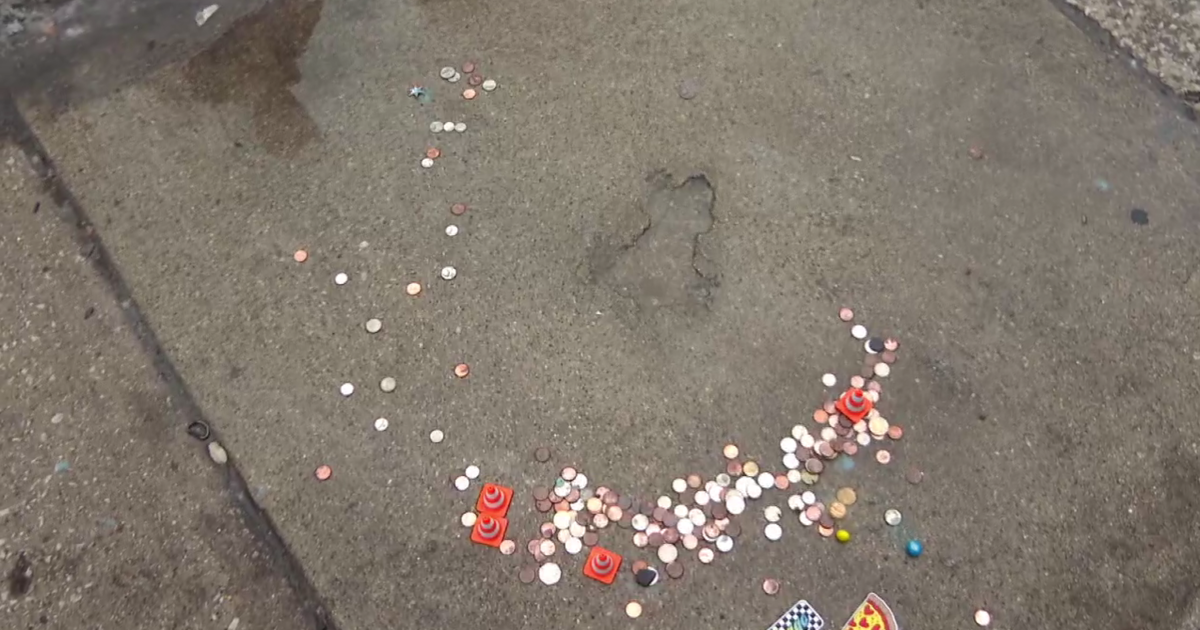Gravity wave detectors spot more black hole mergers
Since extensive upgrades to improve sensitivity, gravitational wave detectors in the United States and Europe have detected ever-so-slight ripples in the fabric of space that appear to indicate three black hole mergers, one collision between two ultra-compact neutron stars and the possible merger of a black hole and a neutron star, scientists reported Thursday.
"This run opens a new era in gravitational wave astronomy, one in which detection candidates are being publicly released as quickly as possible after we take the data," said Patrick Brady, a physics professor at the University of Wisconsin-Milwaukee and spokesman for the LIGO Scientific Collaboration.
"In just one month of observing, we've identified five gravitational wave detection candidates ... made possible by substantial improvements in the LIGO and Virgo detectors over the past 18 months," Brady said. "Three of the detection candidates so far are consistent with binary black hole mergers similar to the first event we discovered back in 2015. The fourth candidate, discovered on the 25th of April, is likely to be from the merger of two neutron stars."
The fifth candidate, detected one day later, is less certain, but could represent the merger of a neutron star and a black hole, a phenomenon not previously observed. At an estimated distance of more than a billion light years from Earth, the signal is weak even by gravitational wave standards.
"The fifth candidate ... allows the intriguing possibility that it came from the collision of a neutron star with a black hole," Brady said. "Now unfortunately, that candidate is rather weak, and so it's going to take us some time to reach a robust conclusion about it."
Additional analysis is planned and astronomers around the world are searching for traces of the mergers across the electromagnetic spectrum, assuming any such traces are within the reach of current instruments. The search is challenging because the gravity wave data only indicate a general area of the sky, not a specific point in space.
In the meantime, including the first detection of gravitational waves from a black hole merger detected in 2015, the LIGO and Virgo detectors have now collected evidence for 13 black hole mergers, two neutron star collisions and one possible neutron star-black hole merger.
"The great thing about where we are right now is we're just beginning to see the field of gravitational wave astronomy open," Brady told reporters during a teleconference. "As the detectors go through a sequence of improvements over the next decade, we're going to have the capability of seeing things throughout the universe, the possibility to perhaps measure gravitational waves from spinning neutron stars and even things we haven't yet thought of as serious sources.
"And that's a big thing for us. Opening up a new window on the universe like this will hopefully bring us a whole new perspective on what's out there. ... As we get to see more of these (events), we'll be able to understand essentially how stars die and how neutron stars and black holes form as the end products of stellar evolution. There's just a huge range of new and exciting things that we hope to get a handle on using gravitational waves."
The Laser Interferometer Gravitational Wave Observatory, or LIGO, operated by Caltech and MIT with funding from the National Science Foundation, consists of two observing stations, one in Washington and the other in Louisiana. Each LIGO station features a pair of 2.5-mile-long vacuum tubes arranged in an L shape in which precisely tuned laser beams bounce back and forth between multiple mirrors that effectively increase the distance each beam travels to nearly 1,000 miles. The laser beams then are recombined and directed into a sensor.
The Virgo detector at the European Gravitational Observatory near Pisa, Italy, works in the same fashion, featuring slightly shorter arms.
In the absence of detectable gravitational waves, light in each vacuum tube travels exactly the same distance before it is recombined and detectors do not "see" anything -- the system is set up so that the crests of light beams from one vacuum tube match up with the troughs of the other, creating destructive interference.
But according to Einstein, a gravitational wave will stretch space in one direction and compress it in a perpendicular direction. The effect on LIGO and Virgo is to stretch the space between mirrors in one vacuum tube and slightly shrink it in the other. Because the laser beams travel slightly different distances during the passage of a wave, the crests and troughs no longer match up when the beams are recombined.
The resulting interference pattern can be analyzed to determine exactly how much stretching and shrinking went on. That, in turn, allows scientists to figure out a rough distance and direction to the event that generated the waves and the masses involved. The first black hole merger detected by LIGO in 2015 converted three times the mass of the sun directly into energy in a 20-millisecond outburst.
The presumed neutron star merger detected in the latest observing run is estimated to have occurred about 500 million light years from Earth. The possible neutron star-black hole merger took place some 1.2 billion light years away.






